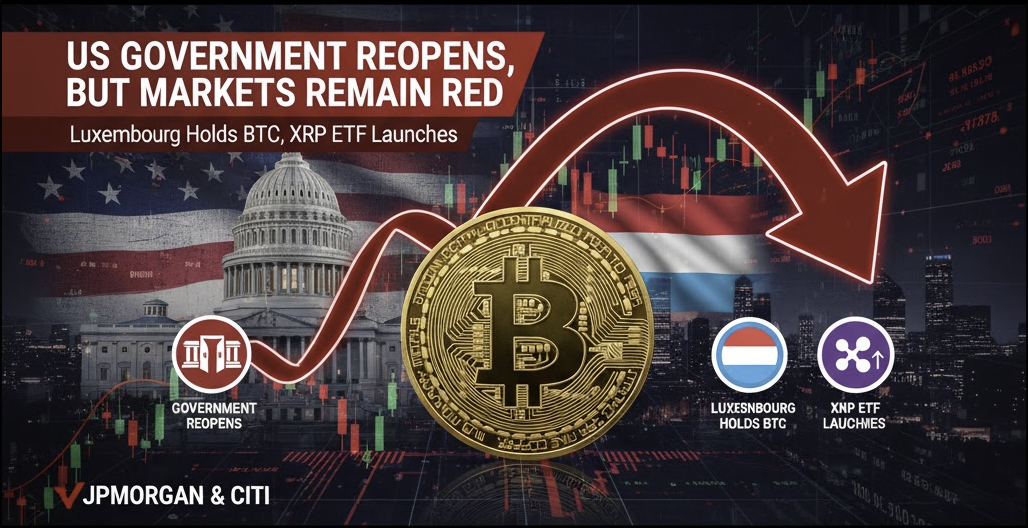What Does Money Printing Really Mean?
The concept of “money printing” is not limited to the physical creation of dollar bills but encompasses any increase in the money supply. This increase includes both tangible (cash) and intangible (digital money within banks) forms and is an essential tool for influencing economic health. In the US, the Federal Reserve is responsible for this, wielding tools like interest rates, open market operations, and quantitative easing to manage the dollar supply.
Role and Responsibility of the Federal Reserve

The Fed plays a multi-faceted role beyond simply issuing currency:
- Managing the Money Supply: The Fed adjusts the money supply to encourage growth or curb inflation. In economic downturns, it injects more dollars into the economy, and in periods of high inflation, it pulls money back out.
- Ensuring Price Stability and Employment: The Fed’s twin goals are price stability and high employment. By manipulating interest rates and buying or selling financial assets, it aims to balance these objectives, stabilizing prices while fostering job growth.
- Overseeing Banks: The Fed supervises major banks, ensuring that these institutions remain financially sound and that consumers are protected from risks like systemic bank failures.
Current Money Supply: M1 and M2
The money supply in the United States is categorized as M1 and M2:
- M1 includes cash and checking deposits, providing a quick snapshot of the most liquid forms of money in circulation. By 2024, M1 was roughly $20.6 trillion.
- M2 encompasses M1 plus savings accounts, time deposits, and money market funds. By early 2024, M2 was approximately $21.7 trillion, illustrating a broader view of the money supply’s role in economic activities.
Key Mechanisms of Money Printing
Fed operations involve more than just literal printing of money. It creates money through strategic tools, enabling it to indirectly inject capital into the economy. Here are the Fed’s primary methods:
- Purchasing Government Bonds: When the Fed buys government bonds, it credits commercial banks’ accounts, allowing them to lend more. This money multiplier effect lets banks lend out a larger share, spreading liquidity throughout the economy.
- Adjusting Interest Rates: Lowering interest rates makes loans cheaper, encouraging borrowing. Businesses and individuals take advantage of lower rates to invest, consume, and expand, boosting overall economic activity.
- Lowering Reserve Requirements: By allowing banks to hold fewer reserves, the Fed enables them to lend more, increasing the money supply. This potent tool is rarely used due to its strong impact on banking stability.
- Quantitative Easing (QE): This tool involves purchasing a broad range of assets (like corporate bonds and mortgage-backed securities) when interest rates are already low, injecting massive liquidity into the economy.
- Physical Printing of Cash: Actual printing is done by the US Treasury’s Bureau of Engraving and Printing at the Fed’s direction. While necessary, cash is a small fraction of the money supply, with most existing as digital entries in banking systems.
Why Nations Print Money
Money printing is used strategically to adjust economic conditions, with major motivations including:
- Stimulating Economic Growth: During recessions or economic downturns, central banks increase the money supply to boost economic activity and prevent a deeper contraction. During the 2008 financial crisis, for example, the Fed injected around $1.3 trillion to stimulate recovery. However, during the COVID-19 pandemic, Fed actions were far larger, contributing over $3 trillion in a matter of months to stabilize the economy.
- Offsetting Budget Deficits: Governments sometimes create money to bridge budget gaps when tax revenues are insufficient. Argentina, for instance, frequently prints money to address budget shortfalls. However, prolonged printing without accompanying reforms can lead to high inflation, as seen in Venezuela, where excessive printing to cover deficits resulted in hyperinflation and a significant loss of currency value.
- Ensuring Liquidity: In times of financial distress, central banks print money to maintain liquidity, helping banks and businesses stay operational. During the 2008 financial crisis, several countries injected capital into struggling banks to prevent systemic failures.
The Impact of Money Printing on Inflation and Beyond
Increased money supply can significantly impact economic stability:
Inflation and Currency Devaluation
Excessive money supply without corresponding growth in goods and services leads to inflation. In simple terms, too much money chasing too few goods drives up prices. Zimbabwe and Venezuela serve as cautionary tales, where unchecked printing led to hyperinflation, collapsing the value of their respective currencies.
Loss of Trust in the Currency
When inflation erodes purchasing power, people lose confidence in their currency, seeking alternatives like USD, gold, or cryptocurrencies. Argentina exemplifies this trend, as residents increasingly rely on USD for major transactions due to the peso’s devaluation.
Rising Public Debt and the Debt Spiral
When nations print money to pay off debt, it can lead to higher interest rates and unsustainable debt burdens. Greece’s financial crisis is a prime example of this, where high public debt led to long-term austerity measures.
How Money Printing Disproportionately Impacts the Poor and Middle Class
Inflation does not affect everyone equally:
- Erosion of Purchasing Power: Fixed-income earners, especially middle- and lower-income households, find their money buys less over time, making essentials like food, healthcare, and education more costly.
- Widening Wealth Gap: As asset prices rise with inflation, wealthy individuals with holdings in stocks, real estate, or Bitcoin see their assets appreciate, while lower-income households with minimal investments are left behind.
Protecting Assets Against Inflation
While governments use policies like tightening money supply and fiscal discipline to manage inflation, individuals can safeguard their assets through diversification. Investing in assets with intrinsic or inflation-resistant value, such as real estate, gold, or Bitcoin, can preserve purchasing power.
Why Bitcoin is an Inflation Hedge
Bitcoin, with its finite supply of 21 million coins, is unaffected by inflationary pressures that afflict traditional fiat currencies. Unlike the dollar, which governments can print indefinitely, Bitcoin’s capped supply makes it a unique asset in the face of increasing money supply. This feature has positioned it as a store of value in a world of continuous monetary expansion.
The Fed’s Mechanisms for Market Liquidity
The Fed doesn’t actually "obtain" money. Instead, it creates new money through open market operations. For example, when buying bonds, it credits accounts at commercial banks with digital dollars created from scratch, thus expanding the money supply.

Why Governments Print Money: A Strategic Tool with Far-reaching Implications
Money printing is a powerful tool central banks use to adjust the economy, aiming to stimulate growth or stabilize downturns. However, it’s not without risk, often leading to inflation and debt issues if not carefully managed.
- Economic Stimulus: In downturns, the Fed and other central banks may inject cash to boost demand and prevent a recession, as seen during the COVID-19 crisis, when the Fed added over $3 trillion to the economy.
- Addressing Public Deficits: Governments may use printed money to cover budgetary shortfalls. While helpful in the short term, excessive reliance on this strategy without fiscal reform can lead to hyperinflation, as seen in Venezuela and Argentina.
- Maintaining Liquidity: To prevent banks from failing in crises, the Fed provides liquidity through tools like the discount window. This process was crucial in stabilizing the US banking sector during the 2008 crisis.
In Summary: How Money Printing Affects the Economy
While money printing can help economic growth in the short term, it has long-term repercussions, including:
- Inflation: Excessive money supply without economic growth raises prices.
- Trust Erosion: Inflation can erode public trust in fiat currencies, pushing individuals toward alternative assets.
- Impact on the Poor: Inflation disproportionately affects lower-income households, widening wealth gaps.
Bitcoin: A Solution to the Limitations of Fiat Currency?
Bitcoin’s limited supply and transparency make it an appealing alternative for those concerned with fiat currency inflation. Unlike traditional currencies, Bitcoin’s capped supply of 21 million coins can’t be inflated, offering stability as fiat money grows in supply. Bitcoin could serve as a hedge, preserving purchasing power in a world increasingly reliant on fiat currency creation.


.png)





